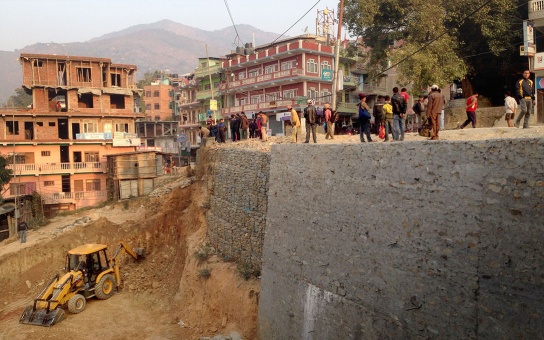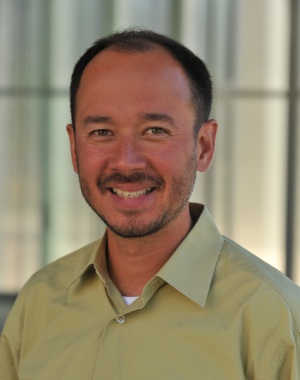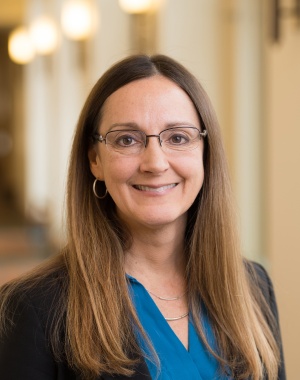
Economic and social impact of religious festivals
In Mexico, “patron saint day” festivals are often local public holidays and involve substantial financial expenditures by households and governments. Festival dates vary greatly across localities: some coincide with the timing of agricultural planting or harvesting and some do not. In a new study on the long-term economic impact of festival timing, Dean Yang and Eduardo Montero examine that variation. They find that agriculturally coinciding festival celebrations can reduce the ability to take advantage of time-sensitive planting/harvesting, and over time, lead to lower agricultural productivity, lower household income, and worse development outcomes.
These religious festivals were introduced by Spanish colonizers. The authors estimate that over the course of centuries since the arrival of the Spaniards, agriculturally-coinciding festivals have led to a long-run drop in income—roughly 20%—accumulated from small differences in annual growth rates. Aggregate GDP in the former New Spain region of Mexico is approximately 4.2% lower today as a result. But Yang and Montero say those year-to-year economic effects may not be noticeable. Additionally, the increased religiosity and social capital of having festivals linked to harvest or planting may outweigh the negative development impact.
- Read “Religious Festivals and Economic Development: Evidence from the Timing of Mexican Saint Day Festivals” in the American Economic Review.
The role of human and social capital in disaster recovery
When a natural disaster strikes, low-income households and those with limited access to influential social networks and fewer market relevant skills are disproportionately affected and restricted in recovering income. Elisabeth Gerber and Arun Agrawal, with postdoctoral fellow, Wenman Liu, model the complex interactions between human capital (individual-specific skills, knowledge, and expertise, measured primarily through education level) and social capital (connections and relationships). Their work generates a more reliable assessment of the role of each on disaster recovery.

By looking at households before and after two devastating earthquakes that hit Nepal in 2015, their analysis uncovers how human capital and social capital work individually, complement, or compensate for each other to affect income recovery. High levels of education (human capital) contributed to an increased ability to identify and pursue effective coping strategies. High levels of social capital enable households to access information and resources useful to recovery.
With both human and social capital proving important factors in household resilience in the face of disaster, the authors suggest that policies and programs take household vulnerability into consideration. Further, they encourage governments and donors to invest in education and stronger social networks that connect households to different groups and organizations—both critical to helping households recover from disastrous shocks.
- Read “The role of human and social capital in earthquake recovery in Nepal” in Nature Sustainability. December 2, 2021.
A more accurate count
Conducted every 10 years, the U.S. Census counts the U.S. population, and the results are used, among other things, to calculate federal funding distributions to state and local municipalities for health, social service, education, and infrastructure expenditures. Seemingly out of line with current population trends, Detroit’s 2020 Census count revealed a 5% one-year population drop from 2019 estimates.
City leaders called on U-M’s Poverty Solutions researchers to find out why.
Demographers Jeff Morenoff, Ren Farley, Lisa Neidert, and researcher Patrick Cooney (MPP ’11) audited the census findings using U.S. Postal Service home occupancy data verified by in-person assessments conducted by Wayne State University’s Center for Urban Studies.
The startling result: The 2020 Census undercounted 10 Detroit Census block groups by 8.1%. The researchers continue to dig into citywide data to understand the scale of the problem, but say the undercount could be in the tens of thousands.
They say there are several reasons behind Detroit’s undercount. Amid pandemic concerns and political jockeying, the 2020 Census in-person enumeration period was shortened and placed emphasis on administrative records that do not represent all population groups equally. Further, it relied heavily on households self-reporting information online, a challenge for cities with low levels of digital connectivity. Indeed, Detroit had the lowest self-response rate of all large cities.
Detroit’s leaders are challenging the Census Bureau to avoid a reduction in federal resources. As the study gains national attention, other cities have taken note and are reviewing their options. Meanwhile, Poverty Solutions researchers hope their work will inform changes in how the Census is conducted in the future.
- Read Poverty Solutions’ report, “Analysis of the Census 2020 Count in Detroit.” December 2021.
More faculty findings
Read more about these "faculty findings," and many others, at fordschool.umich.edu/faculty-publications.
More in State & Hill
Below, find the full, formatted spring 2022 edition of State & Hill. Click here to return to the Spring 2022 S&H homepage.

